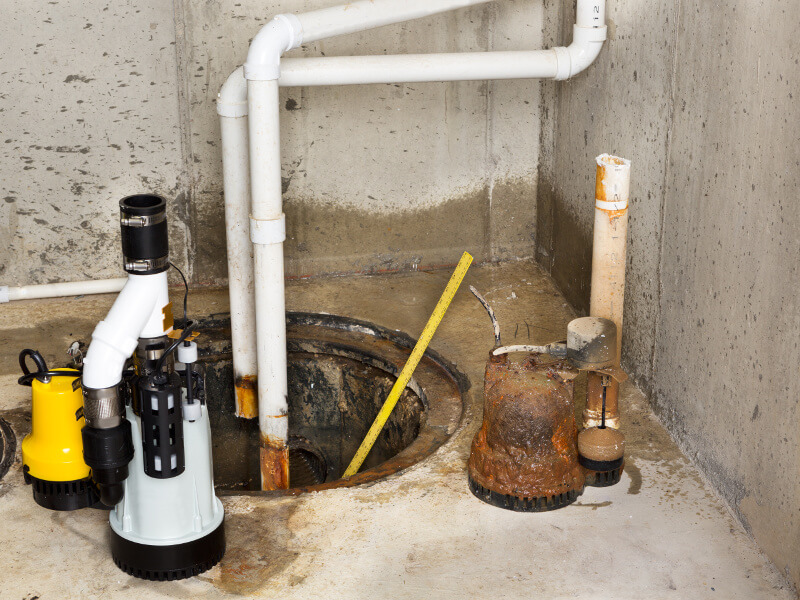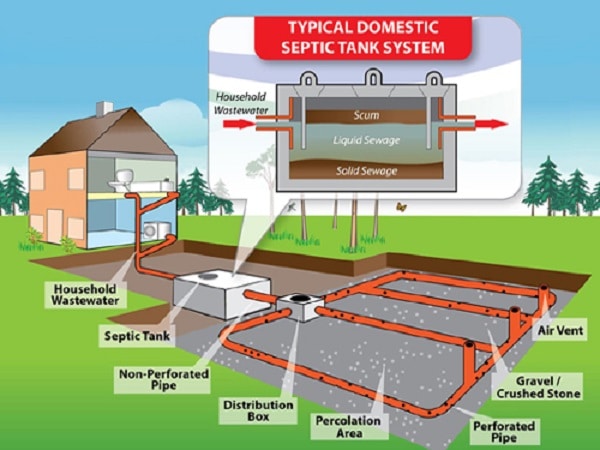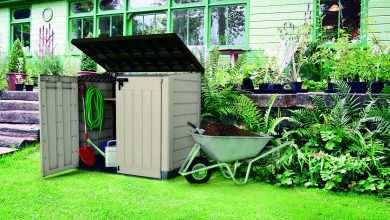Maintenance Tips for Your Sump Pump

There are many ways to avoid flooding in your home or basement. Among the things, you may do include repairing foundation cracks, installing window covers, and maintaining clean downspouts.
If water gets into your home, the last defense mechanism can probably be a sump pump regardless of taking the above measures.
But for the sump pump to serve you well, experts at Pumpbiz suggest that you have to maintain it well. To help you ensure your sump pump lasts for a long time, here are maintenance tips from experts:
1. Determine the Float Component
The float component is responsible for triggering the sump pump when water flows into it. When the level of water rises, the float component rises too.
Once this component reaches a particular point, it can trigger your sump pump to start working. So you might want to check your component every time to ensure it is working well.
2. Evaluate the Source of Power
Every sump pump requires power to function. Whether it is draining power from a battery backup or home’s electricity, a sump pump cannot do its work if it doesn’t have any juice.
Among the vital sump pump maintenance tasks is to confirm if your pump has power. Ascertain that the GFCI outlet is not stumbled and your backup battery has enough charge.
3. Look at the Discharge Pipe
Check the discharge pipe to ascertain it is situated four feet away from your house. When it is closer, discharged water can drain along the foundation.
This attracts insects, and the water can end up re-entering a sump pit, forcing you to pump it again and wasting power. You should also avoid positioning discharge points under the porch or deck as the water can accumulate and result in:
- Wood rot
- Insects
- Ground settlement
4. Do the Cleaning
Clean both the impeller and relief hole. A relief hole, also regarded as a weep or discharge hole, is a small opening positioned between a sump pump. You can clean it using Q-Tip or any other cleaning tool.
On the other hand, an impeller refers to a small filter attached to a sump pump that may get clogged easily. You need to clean it from time to time.
5. Identify Sump Pump Problems
Similar to other machines in a home, problems with your sump pump are simple to spot. Strange noises are popular indications, showing your system is malfunctioning. In many cases, it shows that your unit contains some worn-out parts that require replacement.
Your pump can sometimes turn on and off to show an internal wiring problem. This is an issue, which a sump pump repair professional should handle.
6. Run Tests
Testing your sump pump to ascertain it works properly is vital. Add several gallons of water to a pit to determine if the system is working properly.
If your unit rises too high and doesn’t activate the sump pump, you need to check for debris by unplugging the system.
Final Say!
Even when you carry out routine maintenance, your sump pump may still malfunction, potentially resulting in many damages.
Basic home coverage will not cover your sump pump when it fails. So you might want to get water back up coverage so as to keep properties protected.





